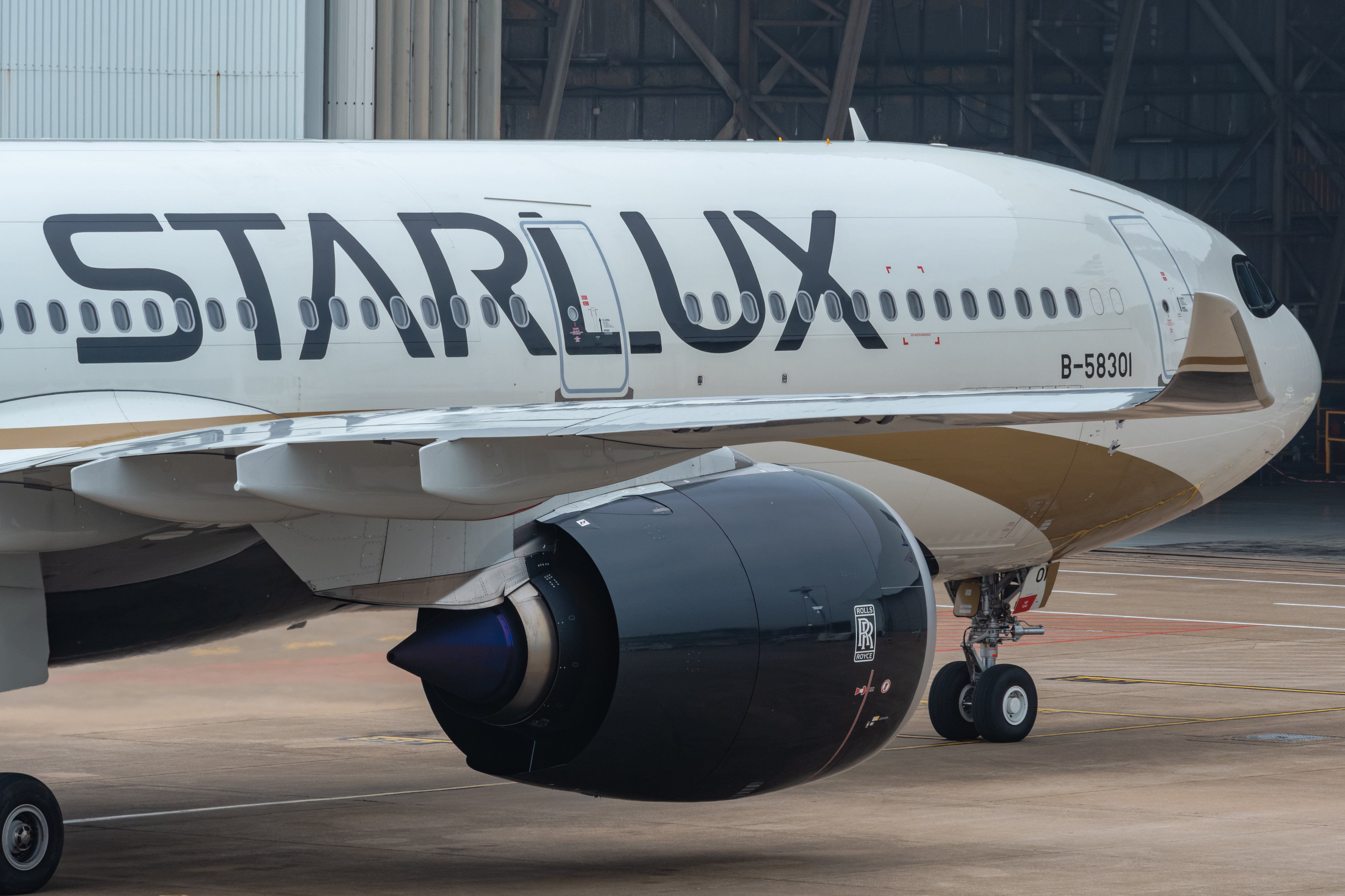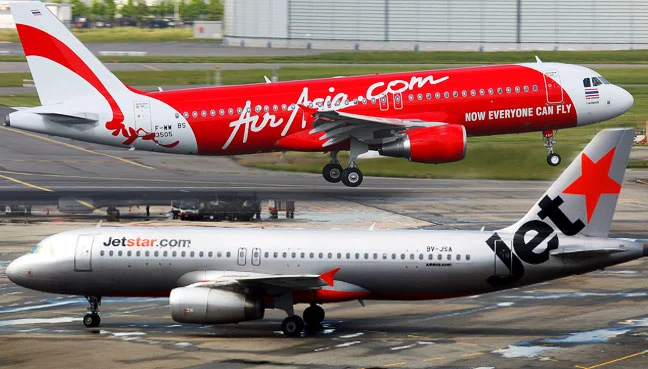
By Airline Ratings
Published Wed Nov 05 2025
Before looking at what happened, we want to first acknowledge the immense loss felt yesterday. Our hearts go out to the families, friends, and colleagues who have lost loved ones, and to everyone impacted by this devastating event.
While the full picture will only become clear once the official investigation by the NTSB is complete, here’s what we know so far.
United Parcel Service (UPS) Flight 2976, a cargo aircraft, crashed during take-off at around 17:15 local time on Tuesday.
Early indications point to a catastrophic mechanical failure shortly before takeoff. Witnesses reported seeing flames erupt from the left (number one) engine moments before the aircraft attempted to climb. Data from Flightradar24 shows the aircraft reached an altitude of 175 feet and a speed of 184 knots before entering a sharp descent back toward the runway.
Images from the scene also show parts of the engine casing scattered along the runway. Preliminary visuals suggest the incident may have been initiated by an uncontained engine failure, triggering a cascade of secondary system failures that ultimately rendered the aircraft unrecoverable.
In addition to this, ground observers reported the aircraft had been delayed for about two hours for work on the left hand engine (engine #1),which is consequently the one that separated during the takeoff run. The center engine emitted streaks of flames before the aircraft impacted a UPS warehouse and ploughed through other facilities before coming to rest in a large plume of fire and smoke.
We believe that maintenance will become the focal point for this investigation over pilot error or incorrect cargo loading.
Authorities have confirmed that all three crew members on board lost their lives, along with four people on the ground. Eleven others on the ground were injured and transported to local hospitals for treatment.

Footage captured below depicts the aircraft rolling to the left shortly after takeoff and impacting structures adjacent to the runway.
(Note dependent on age restrictions video may not show below. If needed you can redirect to this link.)
The aircraft had been fully fuelled for an eight-hour flight to Honolulu. The large quantity of jet fuel is believed to have intensified the explosion and the fires that spread across multiple structures near the airport.
U.S. air safety expert and veteran pilot John Cox said investigators will focus on why the aircraft was unable to remain airborne after the initial engine fire.
“It’s too big a fire for a normal, typical engine fire,” Cox said. “That airplane should have flown on two engines. So now we’ve got to look at what caused it not to fly.”
According to Federal Aviation Administration (FAA) records, the MD-11 freighter involved in the crash was 34 years old. It joined the UPS fleet in 2006 and had completed a flight earlier that day from Louisville to Baltimore before returning to its home base.

Have questions or want to share your thoughts?
Get In Touch




